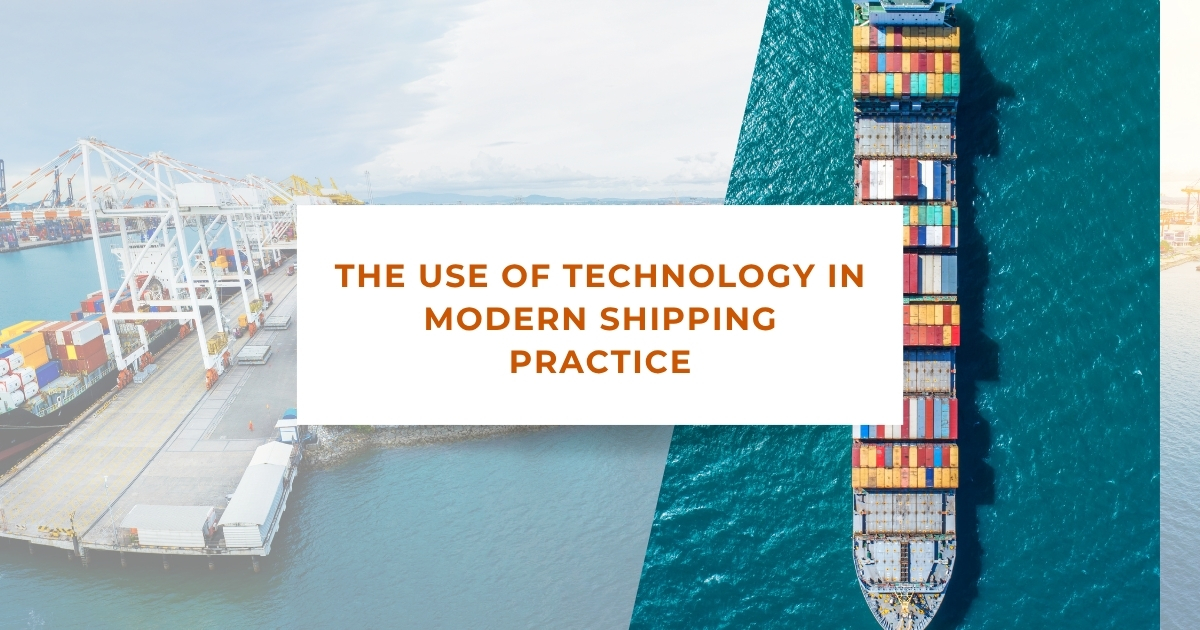
Shipping has been the blood and soul of international commerce since eternity. It transports raw materials, finished goods, and fuels world trade. In the last few decades, technology has revolutionized the face of this business—accelerating processes, making it safe, and efficient as never before. Let us analyze how modern technologies change the shipping business.
- Digitization of Shipping Operations
Manual paperwork and traditional methods are rapidly being replaced by digital solutions. eB/L, computerized tracking systems, and internet-based customs clearance are reducing communication problems, paperwork, and discrepancies. This transition is saving time and money while increasing transparency.
- GPS Integration and Real-Time Tracking
One of shipping’s biggest revolutions is real-time visibility. GPS tracking allows companies and their customers to know exactly where their goods are. It has provided customer satisfaction, reduced crime, and allowed companies to improve route planning in order to save money.
- Automation and Smart Ports
Automation has extended to warehouses and ports on a massive scale. Smart cranes, automated guided vehicles (AGVs), and robotic systems now transport cargo faster and with less error. These technologies minimize downtime and enhance safety through the reduction of human error in hazardous areas.
- Artificial Intelligence (AI) and Predictive Analytics
AI is helping companies to forecast demand, streamline route planning, and anticipate disruptions like weather or port holdups. Predictive analytics better informs decision-making, which enables shipping operators to plan more intelligently and reduce unneeded delays.
- Blockchain for Security and Transparency
Blockchain technology delivers secure and tamper-proof shipping documents. It establishes trust between trading partners by way of an open contract, payment, and cargo move ledger. This deters fraud, expedites clearance, and enhances efficiency.
- Green and Eco-Friendly Innovations
Technology is also addressing the environmental cost of shipping. With new energy-efficient vessels and alternative fuels, to carbon-monitoring software, the industry is leveraging innovations to meet its sustainability goals while complying with international regulations.
- The Age of E-commerce and Last-Mile Technology
While e-commerce came into the limelight, shipping has had to keep up necessarily. Last-mile logistics solutions, drone tests, and AI-driven logistics planning are getting delivery faster and more efficient to end-consumers.
Conclusion
The shipping industry is undergoing a digital revolution. Technology not only has been making shipping intelligent and fast but also cleaner and more trustworthy. Though the technology will keep improving with advancements such as AI, blockchain, and automation, the future of shipping will be characterized by efficiency, transparency, and environmental sustainability, making international trade smoother than ever.

